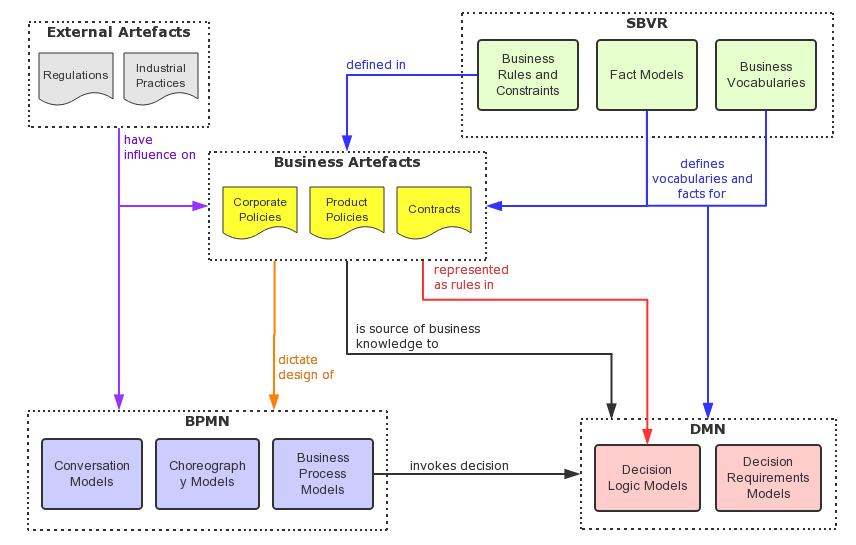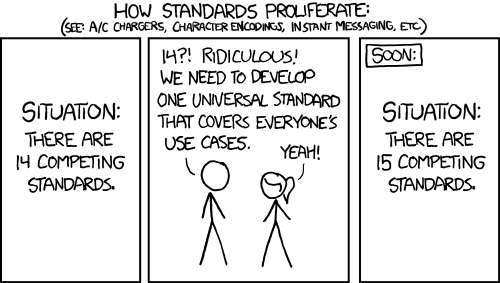Rules of Engagement
6th of May 2016Rules have been always been a part of business processes. They present a way to evaluate decisions that need to be taken so that a business process instance can be guided down the proper execution path. And ever since the Decision Modeling Notation (DMN) had its first formal publication in September of 2015, we are moving towards a more formalized way of describing these decisions. We even have Bruce Silver publishing a book giving this new notation the method and style treatment. However, this is not the first specification of the Object Management Group surrounding this topic. In the past, the Semantics of Business Vocabulary and Rules (SBVR) specification was the go-to model for business people to work with decisions, more often than not part of a business process.
So how do these two specifications relate to each other? Has SBVR become obsolete or is it complementary to DMN? SBVR has had a its most recent publication in May of 2015 without any mention of DMN in its texts, and DMN only lists SBVR as a non-normative reference with some obscure reference to it being more expansive than just some way to constrain a business rule task from BPMN.

Quoting from the DMN specification, its raison d'être reads as such:
Max Tay, BPM Architect over at NBN Australia, sees SBVR as a structured business speak of decisions, which form business artifacts (such as corporate policies), which in turn guide the design of business processes, and are represented as DMN rules. He provides a nice diagram (see below) to sketch out all the dependencies between the specifications.

The FEEL component of the DMN does seem to have a stronger inclination to IT people (being very similar to pseudo code or even actual code) than the almost natural language of SBVR (which creates a significantly lower threshold for business people to adopt it). And since neither is executable at this time, I see no reason to drop the usage of SBVR in favor of FEEL.
Also to consider: Most documents seem to be using the terms “decision” and “rule” as interchangeable things, whereas specifications such as RuleSpeak tend to explain the difference between the two.
My feelings on the matter seems to veer towards the battle of standards not yet being fought to its conclusion, and remind me strongly of an XCKD comic to such effect. If I were a betting man, I would put my money on DMN, provided that they mature into a completely executable notation, which as I mentioned earlier, at this point still isn’t the case.

| Thought | BPM | Decision Management |